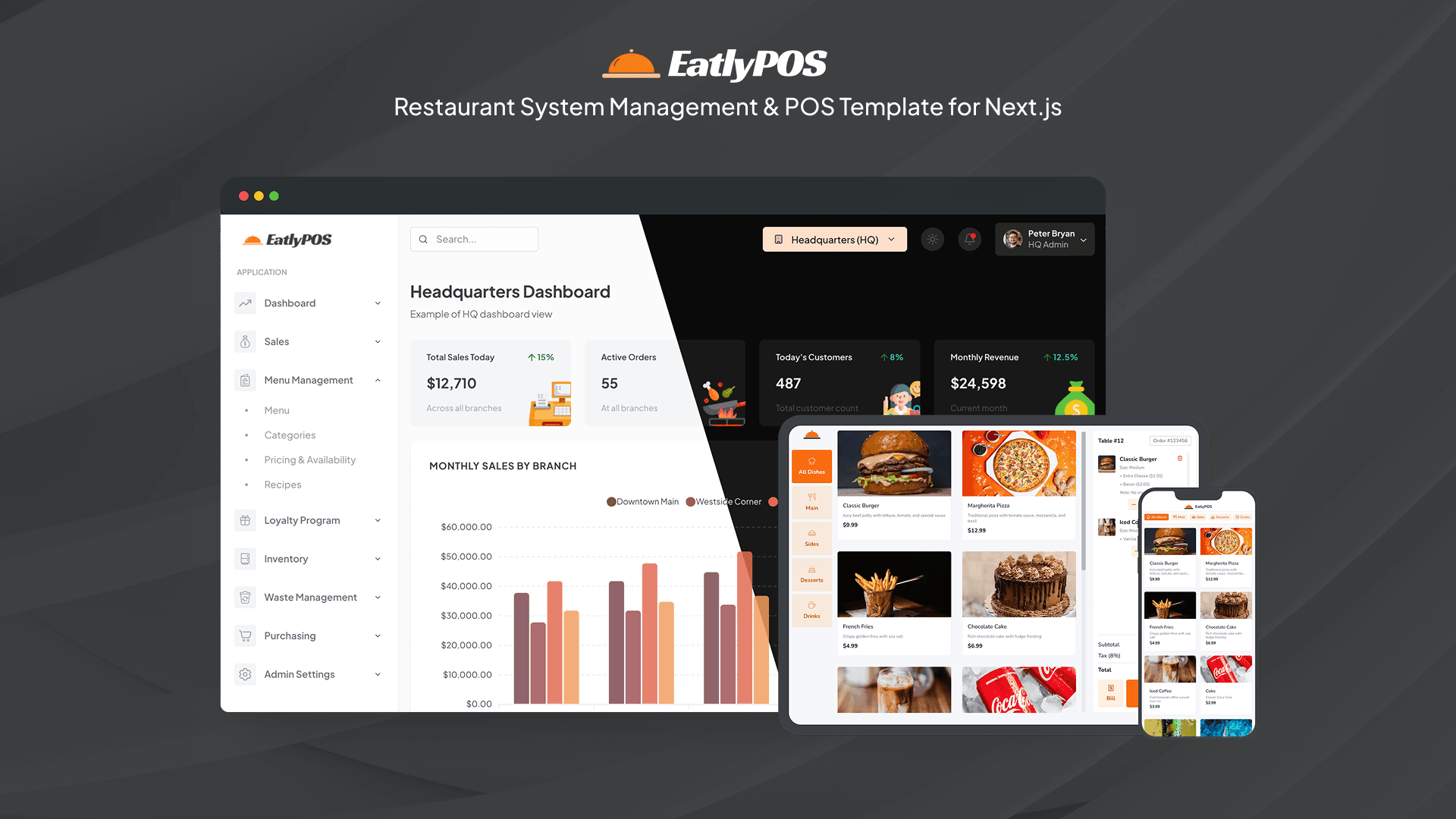
Artificial Intelligence is reshaping how restaurants operate—from predicting tomorrow’s demand to personalizing guest experiences in real time. Here’s how AI-driven POS systems are redefining efficiency, profitability, and customer loyalty.

Raising menu prices isn’t the only way to grow your profit margins. Discover how restaurants can improve efficiency, reduce waste, and make smarter decisions using POS insights—all without changing the price on the menu.

Learn how to calculate recipe costs, set profitable menu prices, and use our free online calculator to make smarter business decisions.

Explore the pros and cons of physical and digital menus in restaurants. Learn implementation strategies, cost considerations, and how to choose the right menu format for your establishment.

Discover how to leverage essential Point of Sale (POS) reports to drive restaurant growth. This post delves into sales, inventory, labor, customer, and menu performance reports, providing actionable insights and strategies to optimize operations, enhance profitability, and make data-driven decisions for your restaurant.

Explore the principles of menu engineering and how to leverage sales data and customer preferences to design profitable and popular menus. Learn about the Menu Matrix, data collection, pricing strategies, and practical applications for optimizing your restaurant's offerings.

Explore how Point of Sale (POS) and management systems can be tailored to meet the unique operational demands and customer experience goals of diverse restaurant concepts, from agile pop-ups and efficient quick-service restaurants to sophisticated fine dining establishments.

Discover how to transform raw Point of Sale (POS) data into actionable business insights for your restaurant. This post covers key POS reports, practical applications of analytics, a step-by-step approach to data analysis, and guidance on choosing the right analytics tools to drive growth and efficiency.

Explore innovative strategies for restaurants to build and sustain customer loyalty in the digital era, leveraging technology, data, and creative engagement tactics beyond traditional POS systems.

In an era defined by rapid technological advancement, the restaurant industry is undergoing a profound transformation. The traditional Point of Sale (POS) system, once a mere transactional tool, is evolving into a sophisticated hub powered by Artificial Intelligence (AI) and Machine Learning (ML). This evolution is not just about automating tasks; it's about fundamentally reshaping how restaurants operate, interact with customers, and make strategic decisions. AI and ML are enabling unprecedented levels of personalization, efficiency, and predictive capabilities, moving beyond basic data processing to offer intelligent insights that drive growth and enhance the dining experience. This blog post will delve into the transformative impact of AI and ML on restaurant POS systems, exploring how these technologies are revolutionizing both customer experience and operational efficiency, while also addressing the challenges and future trends in their adoption.

Recently wrapped up a design refresh for the EatlyPOS dashboard, and I'd love to share the process and some lessons learned along the way. The goal was to make the interface feel more professional, visually polished, and above all, more user-friendly.

In the bustling world of culinary arts, where every second counts and customer satisfaction is paramount, a robust Point of Sale (POS) system is no longer a luxury but a fundamental necessity.

Expanding a restaurant business to multiple locations is a significant milestone, indicative of growth and success. However, this expansion often brings with it a new set of complexities and challenges.

The modern restaurant operates as a complex ecosystem, where numerous moving parts must work in harmony to deliver exceptional dining experiences.

In the vibrant yet demanding world of restaurants, where culinary creativity meets operational precision, one often-overlooked aspect carries significant weight: waste management.

In the dynamic and ever-evolving culinary world, the success of a restaurant hinges not only on its delectable dishes and inviting ambiance but also on its operational efficiency.